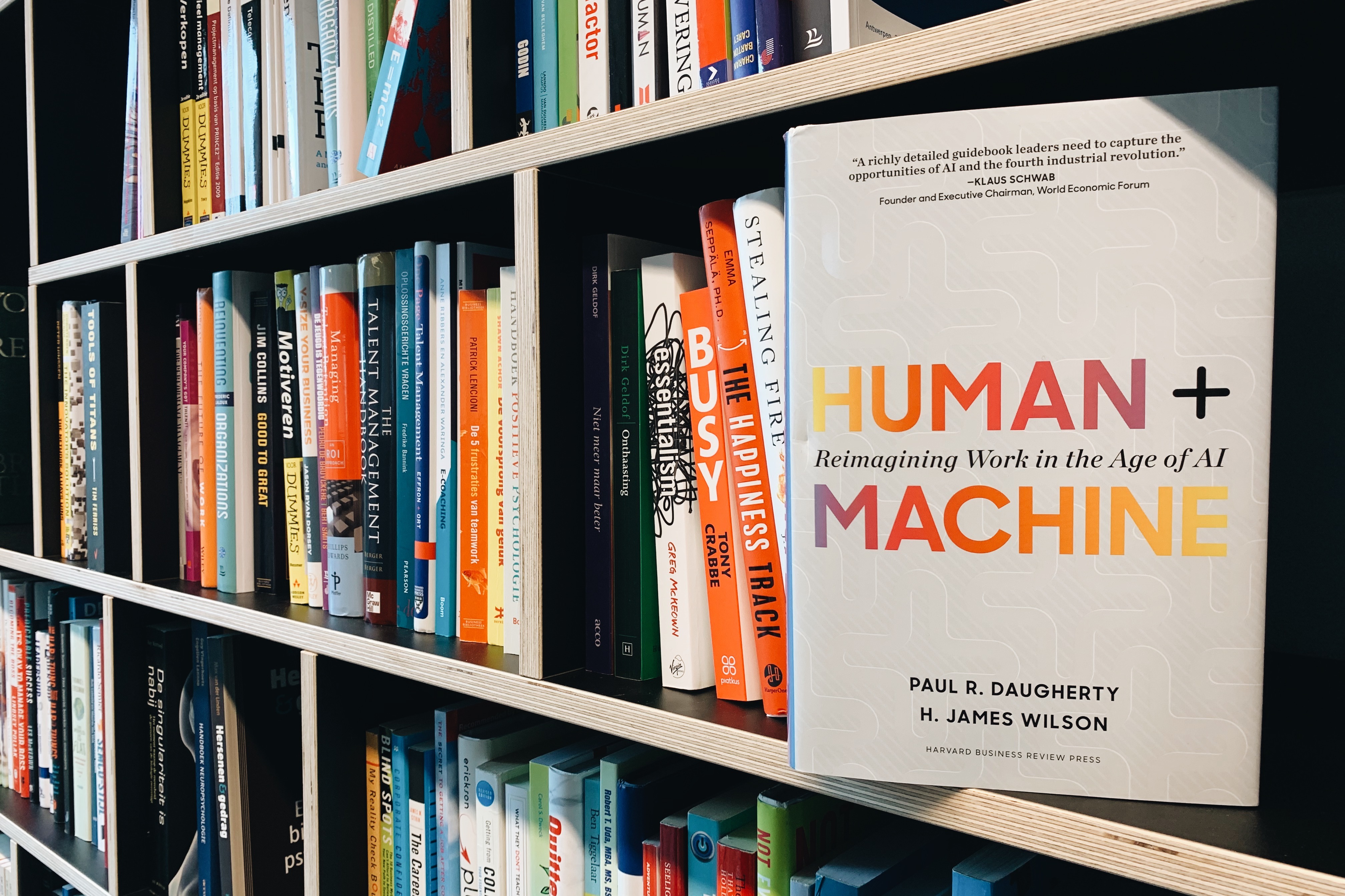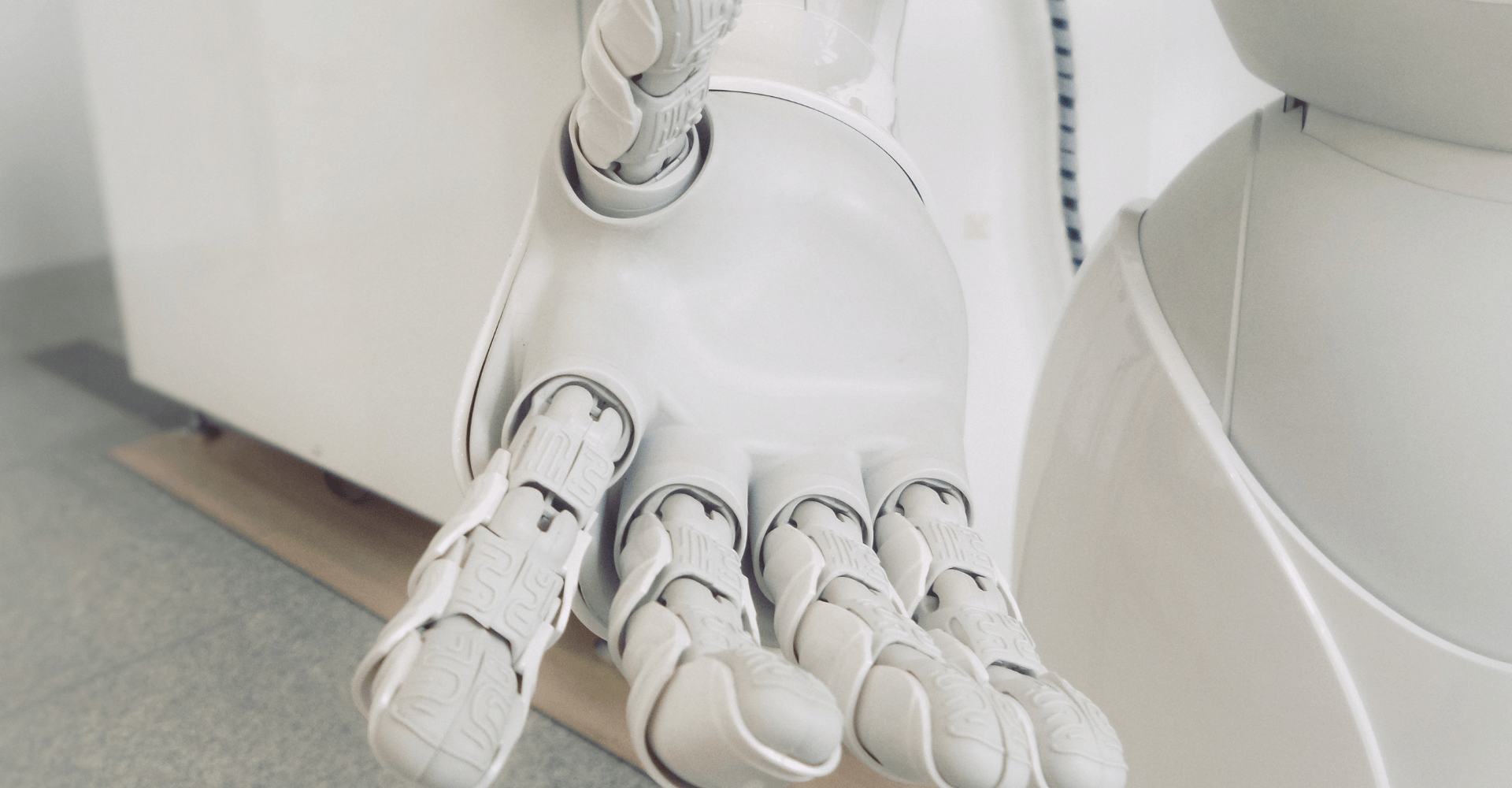Reimagining work in the age of AI
on 8 January 2019 for CompaniesIt’s 2019. Take a look around you. Far from being the stuff of science fiction, Artificial Intelligence (AI) has already become an indispensable part of your daily life.
Maybe you asked Apple’s Siri to sing you a Christmas song. Perhaps you bought a Google Home smart speaker for someone on your Secret Santa list. Some of you might have even used an AI-powered virtual assistant such as Amazon’s Alexa to help choose Christmas gifts for your friends and family.
See what we mean?

Yet despite the indisputable benefits offered by AI, it is still often presented in a negative light, particularly where work is concerned. Whenever we read about artificial intelligence and its impact in the workplace, AI is usually portrayed as a scary, disruptive force that is coming for our jobs and steadily automating our careers out of existence.
It’s only natural to feel apprehensive about the implications of AI for the workplace.
Well, we did some light Christmas reading and we’ve got the perfect book recommendation regarding this topic: Human + Machine: Reimagining Work in the Age of AI. In which the authors argue that humans and machines are “symbiotic partners” that can work together to create a better, brighter future for us all.
Robots aren’t coming for your job after all
Authors Paul R. Daugherty and H. James Wilson wanted to debunk the widespread misconception that productivity is a zero-sum game in which humans have to fall by the wayside as machines continue their inexorable rise. Human + Machine paints a vision of the future in which machines perform the tedious grunt work currently done by human workers. The robots of tomorrow will free up humans to do what they do best: unleash their creativity and solve problems.
Not convinced? This Forbes article might make you think otherwise: “Artificial Intelligence To Create 58 Million New Jobs By 2022, Says Report”.
Machines will compliment your work, not replace you
Human + Machine describes six types of completely new roles that every company must develop. These are the hybrid ‘human/machine’ roles of tomorrow from which the book’s title was derived. One of the book’s most fascinating and illustrative examples of this collaboration is its description of Japanese-designed robotic arms that use ‘deep reinforcement learning’ to become up to 90 percent proficient at any task within eight hours.
In the past, software engineers would have had to program a robot to perform a specific task and then re-program it whenever the job changed. The current crop of self-learning robotic arms can autonomously learn an infinite number of tasks. When networked with other arms, they can even ‘teach’ each other, further reducing the learning time. This is one of the book’s most powerful examples of how AI is freeing up humans for other, more creative, tasks.
Robots will give you superpowers, not make you redundant
In news sure to bring seasonal cheer, the authors of Human + Machine argue that humans will always be an essential, indispensable part of the workplace. Yes, some manual jobs will be automated away but machines will create far more jobs than they destroy. The authors cite the example of Hitachi and explain how it was able to use AI analysis to help its employees move more efficiently around their workplace.

Hitachi collected massive sets of data. This data was too large for human data scientists to tackle without the help of AI analysis software. This software was able to suggest improvements to logistical tasks such as workers’ movements and helped to create an eight percent improvement in productivity.
How to stay ahead of the curve
Human + Machine is a must-read for anyone who wants to know how companies are currently utilizing AI to gain a competitive edge in terms of profitability and innovation. The authors researched over 1,500 organizations to find out how AI is transforming almost every aspect of every business, from customer service to personal worker productivity.
Most importantly, the book includes a ‘leader’s guide’ that shows anyone how they can shape their work or business to realize similar results. Think of it as a management playbook for the AI age. If you want to learn how to position yourself ahead of the curve, this book is a must have.
The ‘Missing Middle’ and how to fill the gap
Although Human + Machine sets out clear guidelines for anyone to use AI to transform their work or business, the book’s authors also signal caution: this won’t happen automatically. Businesses need a better understanding of how humans and machines can collaborate so that people are enhanced, not put out of work. The authors call this predicament the ‘missing middle’ and suggest a five-step plan – MELDS – to help address this challenge.
- Mindset: Work must be ‘reimagined’ to find ways for machines to enhance human performance.
- Experimentation: Businesses need to invest time and money in finding areas where AI can be introduced.
- Leadership: AI must be used responsibly by management. Chasing easy quarterly profits must be balanced with long-term issues such as the impact of layoffs.
- Data: Companies must build a data supply chain just as carefully as any other type of supply chain.
- Skills: Businesses must invest in training their workers with new skills such as having people learn how to work with machines.
The importance of fusion skills
If training workers for new skills is more important than ever, which skills should we focus on? The authors of this book define eight so called fusion skills. These skills draw their name from the interaction of human and machine talents which makes for a continuous learning cycle.
 Fusion skills for the missing middle (By Paul R. Daugherty & H. James Wilson)
Fusion skills for the missing middle (By Paul R. Daugherty & H. James Wilson)
Let’s have a closer look at how these skills are defined in the book.
- Rehumanizing Time: The ability to increase the time available for distinctly human tasks like interpersonal interactions, creativity and decision making in a reimagined business process.
- Responsible Normalizing: The act of responsibly shaping the purpose and perception of human-machine interaction as it relates to individuals, business and society.
- Judgement integration: The judgement-based ability to decide a course of action when a machine in uncertain about what to do.
- Intelligent Interrogation: Knowing how best to ask questions of AI, across levels of abstraction, to get the insights you need.
- Bot-based Empowerment: Working well with AI agents to extend your capabilities and create superpowers in business processes and professional careers.
- Holistic Melding: The ability to develop robust mental models of AI agents to improve process outcomes.
- Reciprocal Apprenticing: (1) Performing tasks alongside AI agents so they can learn new skills; (2) On-the-job training for people so they can work well within AI-enhanced processes.
- Relentless Reimagining: The rigorous discipline of creating new processes from scratch, rather than simply automating old processes.
Final thoughts
As Human + Machine shows, the AI revolution isn’t coming: it’s already here. This book is a coherent and practical playbook for anyone interesting in learning how to harness the power of AI and surge ahead of their competition.
Are you ready?
According to the World Economic Forum, in five years, over one-third of skills that are considered important in today’s workforce will have changed. Innovations such as artificial intelligence, robotic enhancements, genetic editing, internet of things and more are no longer science fiction but actual reality and near future. Companies need to anticipate and integrate this technological and digital evolution. But mostly, the workforce needs to be aligned and shaped today to be able to tackle the innovations of tomorrow.
Tags: AI , artificial intelligence , book , career , digitalization , framework , innovation , Machine Learning




